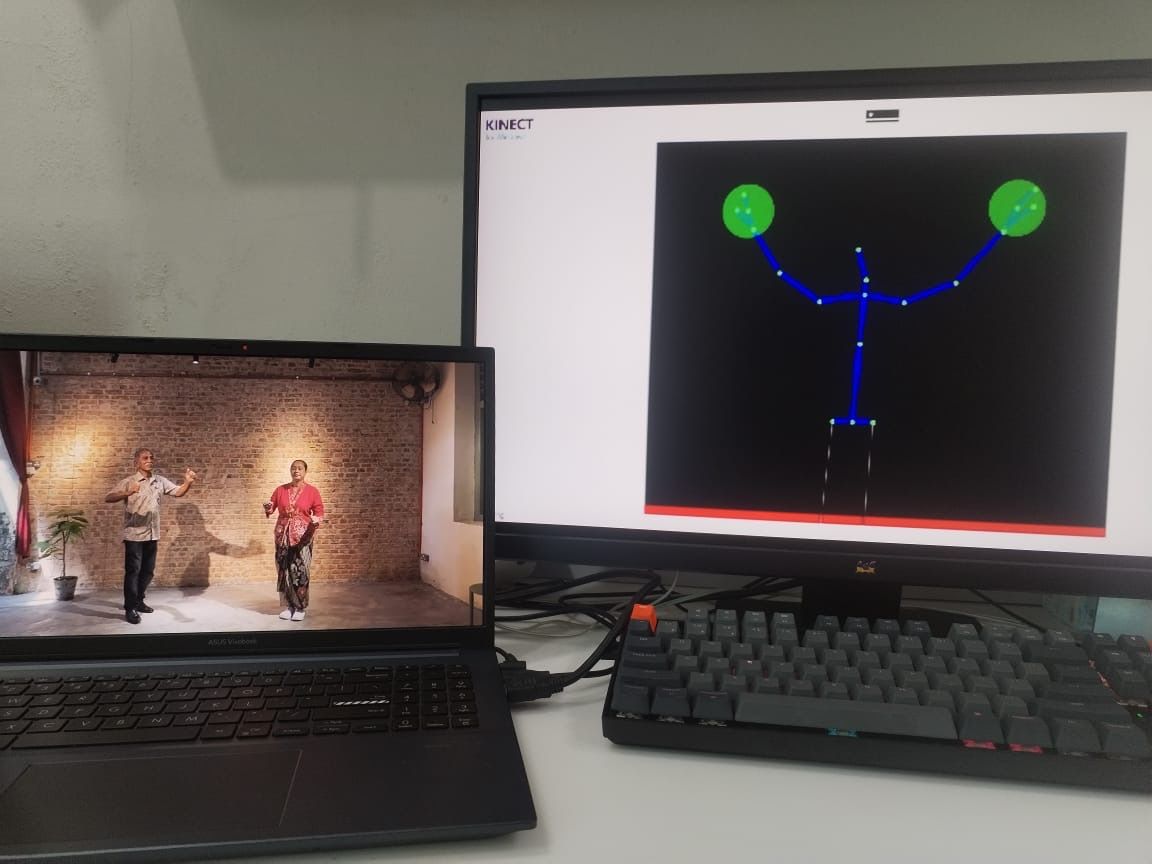
Here are some technologies and interactive elements that the University of Nottingham Malaysia has integrated into the exhibition:
Augmented Reality (AR)
Location-based AR: Visitors use AR at specific locations to see historical overlays and information about the area, guided by a map through different points of interest.
Historical visualisation: The AR app enables visitors to visualise the historical sea that once existed in the area, offering a glimpse into the past landscape.
Speech recognition
Kristang word game: Visitors can engage in a hangman game to discover Kristang language keywords. They must correctly pronounce these words to unlock passcodes, furthering their interaction.
Taste and tell challenge: Visitors taste a dish and interact with the “talking plants” to identify the key plant ingredients that contribute to its flavour, providing an interactive culinary experience.
Real-time object recognition
Visitors receive a list of items in Kristang and use object recognition technology to identify and match the correct objects, simulating a shopping experience from the past. Inspired by the buku555, a notebook once used for tracking purchases on credit, visitors purchase items from a shopping list ranging from guitar strings to chicken and learn how to calculate their total grocery bill using an abacus, connecting visitors with the cultural heritage of past commerce.
Motion detection
This technology is used to recognise and evaluate dance poses of players performing Branyo, a traditional dance from the region. This interactive station encourages visitors to learn the Kristang dance. By engaging in the Branyo Dance Challenge, visitors not only gain an appreciation for this cultural expression but also actively participate in preserving and passing on the tradition.
IoT-enabled washroom
Plumbing in the Past: Visitors use an IoT (Internet of Things) toolkit to explore and understand the plumbing and irrigation systems of Praya Lane from historical times. Through role-play, visitors can experience what it was like to manage and maintain these essential systems, gaining an understanding of how the community lived and adapted to their environment.
This immersive experience helps visitors to connect with the past in a hands-on way, making history feel more tangible and relevant.

